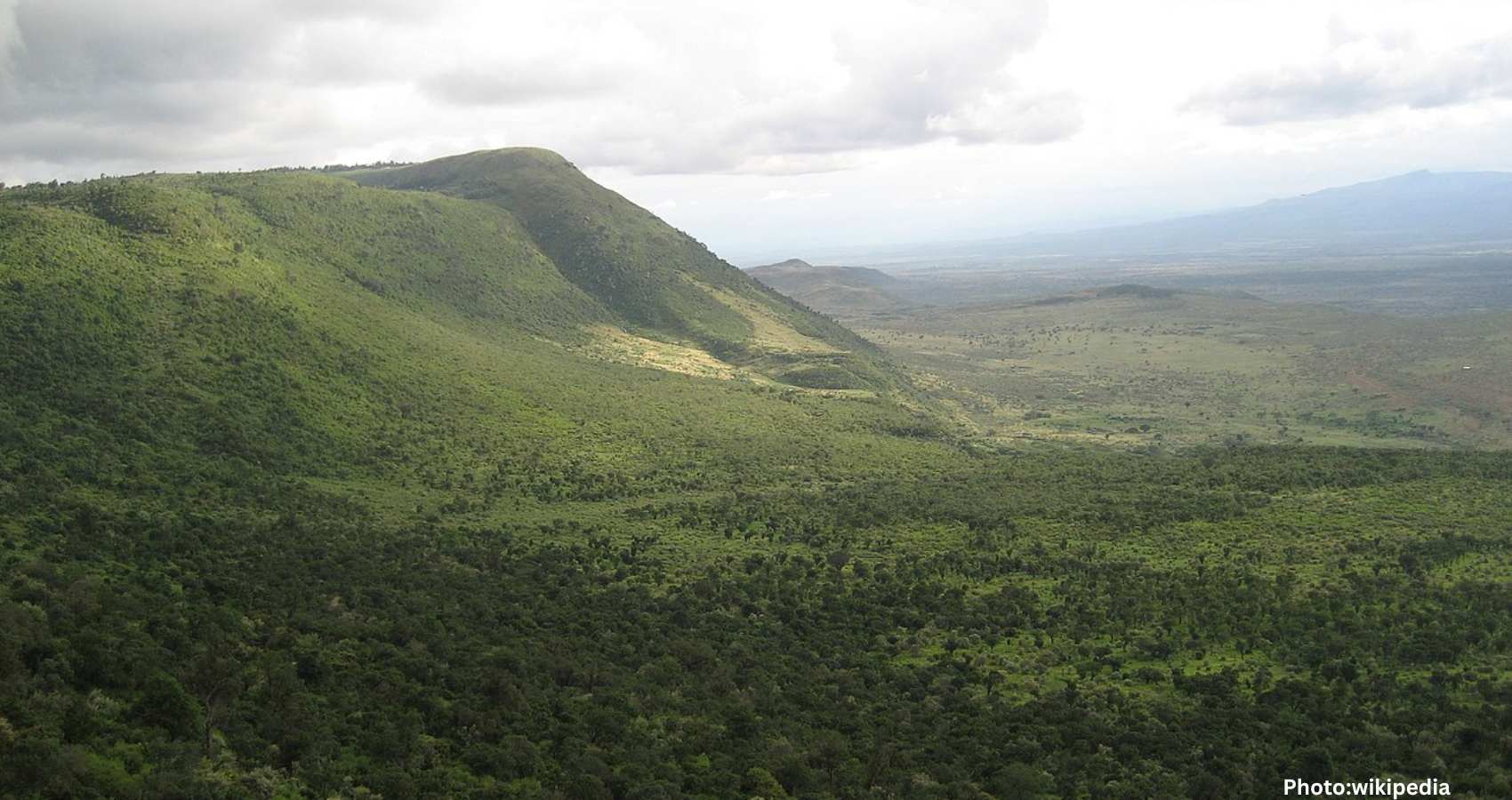In the arid and unforgiving deserts of East Africa, an extraordinary geological transformation is underway as tectonic forces threaten to split the continent in two, paving the way for a new ocean over millions of years.
The Afar region, notorious for its scorching temperatures, is becoming a focal point for geologists and scientists around the world due to its unique positioning at the junction of three tectonic plates: the Nubian, Somali, and Arabian. This area, characterized by its geological instability, provides a rare opportunity to observe the process of continental division and ocean formation, making it an invaluable natural laboratory.
Christopher Moore, a doctoral student at the University of Leeds, describes the Afar region as the only place on Earth where the transition from a continental rift to an oceanic rift can be studied. Moore utilizes satellite radar technology to closely monitor volcanic activity in the area.
The East African Rift Valley, which runs through Ethiopia and Kenya, is part of this significant geological phenomenon. In 2005, an extensive 35-mile-long fissure appeared in Ethiopia’s desert, reaching depths of over 50 feet and a width of 65 feet, as reported by National Geographic. This dramatic emergence is attributed to the rifting of tectonic plates, forming lowland regions as they separate. The rapid formation of this fissure mirrored what typically occurs over several centuries in just a few days, explained Cynthia Ebinger, a geophysicist from Tulane University who has extensively studied the region.
Ebinger’s research has revealed that the rifting process can be both gradual and punctuated by sudden, explosive events. She compares it to the bursting of an overinflated balloon, emphasizing the pressures involved due to rising magma. This pressure builds until it causes the Earth’s crust to crack, creating new fissures that will eventually fill with water from the Gulf of Aden and the Red Sea, forming a new ocean. This process will eventually divide Africa into two distinct landmasses; a smaller continent comprising parts of present-day Somalia, Kenya, Ethiopia, and Tanzania, and a larger one consisting of the remainder of the African continent.
According to Christy Till, a geologist from Arizona State University, the East African Rift may be in the early stages of a process that once split the African and South American continents, leading to the formation of the Atlantic Ocean. Till underscores that this process is extremely slow, spanning millions of years.
Decades of research on the African rift have been significantly enhanced by modern technologies such as GPS, which allow scientists to measure tectonic movements with high precision. Ken Macdonald, a marine geophysicist and professor emeritus from the University of California, Santa Barbara, notes that GPS measurements can detect movements as minute as a few millimeters per year.
The Arabian plate is retreating from Africa at approximately one inch per year, while the Nubian and Somali plates part at slightly slower rates of half an inch to 0.2 inches per year. Over time, these seemingly tiny movements will dramatically alter the landscape of East Africa.
As tectonic plates continue to diverge, material from beneath the Earth’s surface emerges to form new oceanic crust. This nascent oceanic crust, distinguishable by its unique composition and density, signifies the beginning stages of a new ocean basin, as explained by Moore.
Scientists estimate that the Afar region may be submerged in oceanic waters in 5 to 10 million years, transforming the Horn of Africa into a newly formed continental landmass.
Currently, the Afar remains a stark and inhospitable expanse, with daytime temperatures soaring to 130 degrees Fahrenheit (54 degrees Celsius) and dropping to a mild 95 degrees Fahrenheit (35 degrees Celsius) during the night. Despite these severe conditions, the region continues to captivate the scientific community, offering crucial insights into Earth’s geological future. As Cynthia Ebinger noted, while some may view the region as “Dante’s inferno,” it serves as a vital window into understanding the forces that shape our planet and what lies ahead: a divided Africa bisected by a nascent ocean.
According to ZME Science, these findings underscore the intricate and slow-moving processes governing the Earth, providing a glimpse into the potential future of the African continent.

